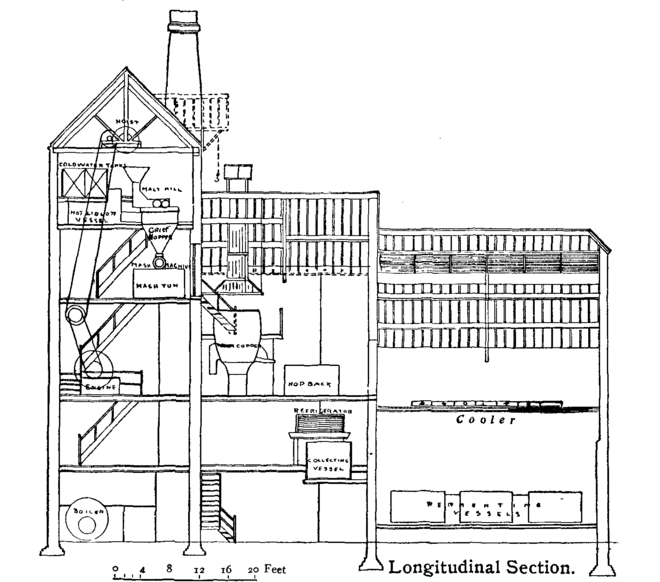Gather around kiddies and let me tell you a story about the father of BIAB... Mr Pistol Patch... here is the thread that started it all:
http://www.aussiehomebrewer.com/forum/inde...showtopic=11074
AHB was a different place back then. Most posts were about brewing. And there was an imbalance in the force.
Pat had just started brewing AG and was writing massive excited positive essays nearly every night. Darren was still running around pissing on everything he could, but no one could keep up with the energy and volume of Pistol Patch.
In addition to his encyclopedic public posts, Pat was also PMing everyone madly, and I'm sure had both Ross and MHB on speed-dial and was hassling them continuously.
Lots of people were experimenting with the ideas. Most seemed to like the bucket with holes into the bottom scheme.
Without a doubt Pat was the most enthusiastic, and he seemed to be the one that thought up and went to the trouble of getting one of his neighbours to sew up a bag.
BIAB on AHB was born:
http://www.aussiehomebrewer.com/forum/inde...11074&st=71
I went over to Pat's and tasted the BIAB success he had with Ross's Schwartzbier, and decided I had to do it too.
Pat had already declared it a perfect beer:
http://www.aussiehomebrewer.com/forum/inde...c=11499&hl=
I splashed out $6 (which was lot in 2006 money) and made up a bag just like Pat's (only with Red thread to make it go faster), borrowed a pot from Pat and was a guinea pig for Pat's first iteration of the famous BIAB instruction manual.
http://www.aussiehomebrewer.com/forum/inde...st&p=149192
Fingerlickin_B was along for the ride too:
http://www.aussiehomebrewer.com/forum/inde...st&p=150154
Not long after that the legend of the FNQ Bunyip and the burned bag got around:
http://www.aussiehomebrewer.com/forum/inde...st&p=154589
Then I was onto electric BIAB:
http://www.aussiehomebrewer.com/forum/inde...showtopic=12282
which I stayed with until the first brewbot was conceived.
The good old days of AHB.
There were still doubters, and so BIAB beers had to go on to achieve some competition results before it had "made it".
Fast forward a few years and I'm in the US riding a motorcycle across the country, through the desert. I meet a girl. She says she brews. She brews in a bag. I say I know the bloke who invented that. And the rest is history.







